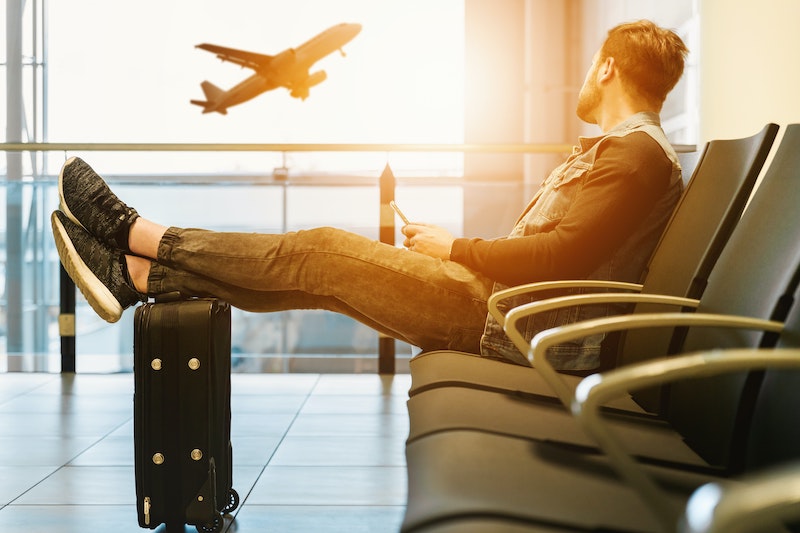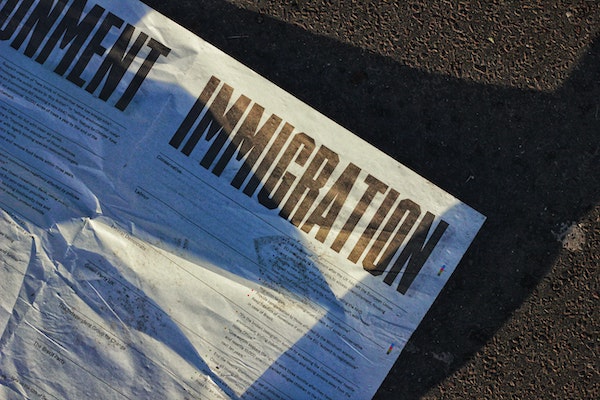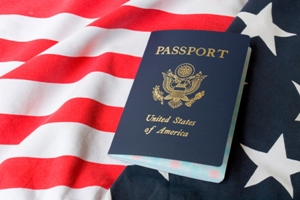During a pandemic, like never before, many green card holders ask themselves the question: “What to do if you lose your green card due to a trip abroad?” This was due to the fact that these people left the country and were not able to return to the United States in time due to the closure of the borders. In general, if you have lost your permanent resident status, you will need a special visa.
Often, in such cases, a new immigrant visa is required to enter the United States and renew permanent residence.

Under US visa law, there is a provision for issuing a special immigrant visa for a returning LPR resident who has remained outside the United States for longer than a specified period due to circumstances beyond his control.
If you are an LPR and cannot return to the United States within the green card retention period (1 year) or the re-entry permit validity period (2 years), you may be eligible for a special visa. You can apply for it at the nearest US embassy or consulate. This will be an application for a Returning Resident Immigrant Visa (SB-1).
Typically, you will need to go through two interviews. First for returning the status of a US resident and later for obtaining an immigrant visa.
First of all, an SB-1 visa applicant must prove eligibility for an immigrant visa and undergo a medical examination. Therefore, this involves paying both visa processing fees and medical expenses.

Step 1 – Eligibility for the return of resident status
To be eligible for the return of resident status, you need to prove to the consular officer that you:
- had lawful permanent resident status at the time of departure from the United States;
- left the United States with the intention of returning and did not abandon this intention;
- you are returning to the United States from a temporary overseas visit. If your stay abroad was long and it was caused by reasons beyond your control.
Applying for a Returning Resident Visa (SB-1)
To apply for a Returning Resident Immigrant Visa (SB-1), you should contact the nearest US embassy or consulate prior to your intended travel to America (at least three months in advance). As part of the visa application process, an interview is required at the US Embassy or Consulate.
Required documents
You must submit the following forms and documents to the U.S. Embassy or Consulate:
- Completed Returning Resident Status Application Form DS-117
- your permanent resident card, Form I-551;
- your re-entry permit, if any.
You must also provide supporting documents that show:
- date of departure from the United States. For example, air tickets, stamps in the passport, etc .;
- proof of your ties to the United States and your intention to return. For example, tax returns and proof of economic, family, and social ties to the United States;
- proof that your extended stay outside the United States was for reasons beyond your control. For example, disability for health reasons, working in an American company, closing borders due to a pandemic, etc.
The consular officer will then review your application and supporting documents. As a result, it will determine if you meet the criteria for returning resident status (SB-1).
Mandatory fees
Below are the fees you will need to pay:
- Returning Resident Status Determination Application Form DS-117
In addition, if you are approved for Returning Resident Status (SB-1), the following fees will be required depending on the processing of the immigrant visa:
- DS-260 application processing fee;
- medical examination and vaccination fees.

Step 2 – Immigrant Visa Application and Documents
First of all, the US Embassy or Consulate will provide you with specific instructions for the remainder of the processing for your Returning Resident Immigrant Visa (SB-1). The exact instructions may differ depending on the embassy or consulate. However, there are a number of general documents that need to be submitted.
Everyone needs to undergo a medical examination and vaccination before the interview. In addition, the following documents are required:
- Form DS-260, Application for Immigrant Visa and Alien Registration;
- original passport;
- two photographs that meet the requirements;
- a list of civil documents that must be brought to the interview at the request of the embassy or consulate.
Please check the country-specific instructions on the US Embassy or Consulate website before applying.
What if your application is not approved?
It is also possible that the consular officer determines that you do not meet the criteria for the Returning Resident Immigrant Visa (SB-1). Subsequently, even obtaining a nonimmigrant visa to the United States in the future may be in question. Everything will depend on whether you have registered your place of residence in another country. And also can you provide convincing evidence of the existence of serious ties with the country where you should return. You may need to apply for an immigrant visa on the same basis and in the same category in which you originally immigrated.









